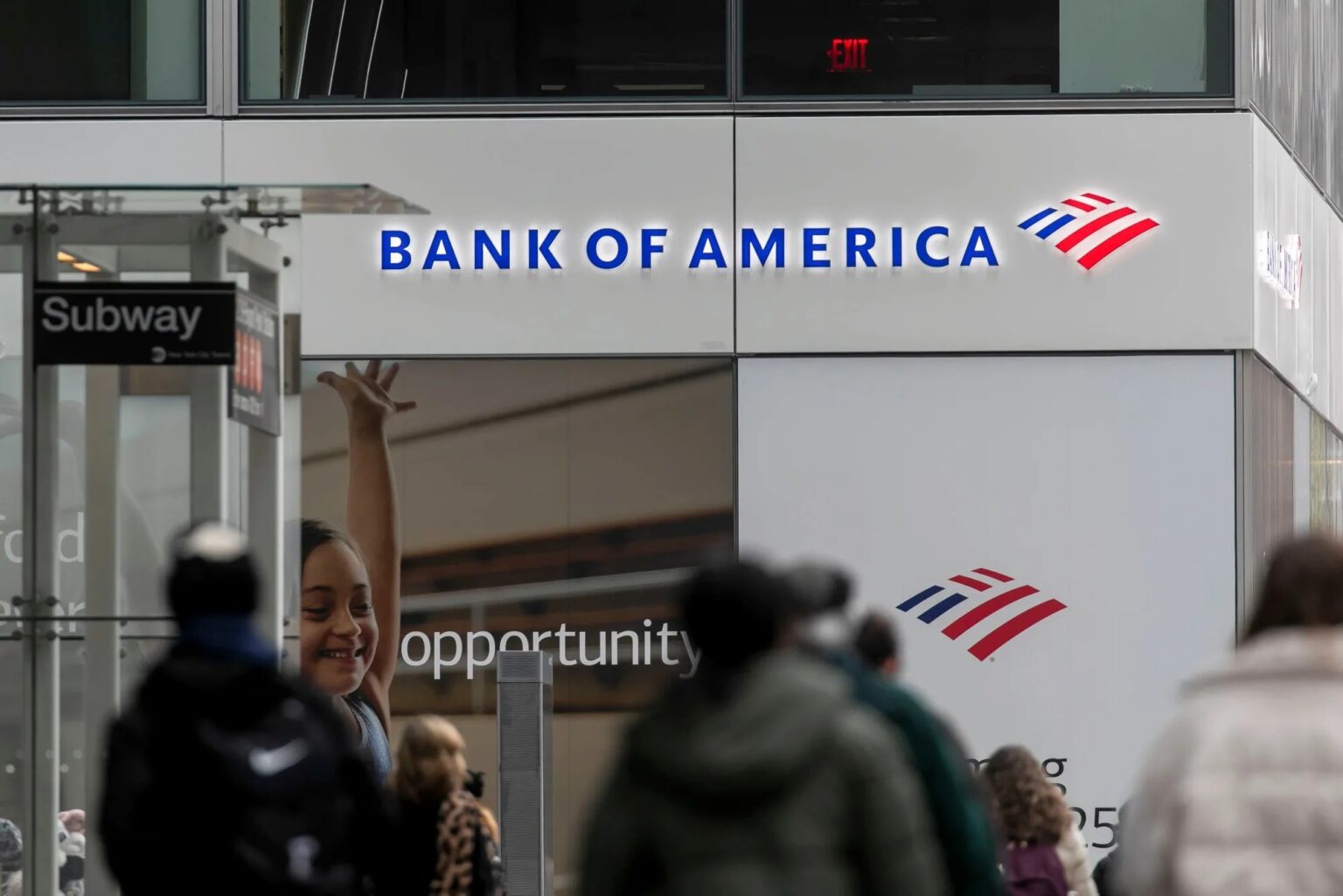As the financial world continues to evolve, traditional banking giants are increasingly embracing digital assets, including stablecoins, to adapt to changing market dynamics. This shift not only reflects a response to consumer demand but also an alignment with regulatory developments that are gradually becoming more supportive of digital currencies. Such advancements indicate a promising future where digital and traditional finance intersect more seamlessly, offering new opportunities for innovation and growth.
The Intersection of Traditional Banking and Digital Assets: A Closer Look at Stablecoin Initiatives
The Move Toward Digital Finance by Major US Banks
A recent report from Reuters highlights how major US financial institutions, such as Bank of America, are actively developing their own stablecoins amidst a changing regulatory environment in the United States. Bank of America’s CEO, Brian Moynihan, confirmed the bank’s commitment to launching a stablecoin, although specific timelines remain undefined. The bank’s current focus is on understanding client demand, which Moynihan describes as modest. Any launch would likely be in collaboration with other industry entities to maximize impact.
This trend echoes an earlier wave of industry adoption seen with peer-to-peer payment systems like Zelle and Venmo. Interestingly, former US President Donald Trump has been a vocal supporter of cryptocurrencies, further influencing this momentum. Under his leadership, Congress has advanced multiple crypto-friendly bills, including one aimed at crafting a stablecoin regulatory framework. The so-called GENIUS Act, anticipated to reach the President’s desk, could foster a more integrated relationship between digital assets and traditional financial services.
Stablecoins: Emerging Solutions for Client Needs
Citigroup is also exploring the potential of stablecoins to facilitate digital transactions. CEO Jane Fraser, following the bank’s earnings release, underscored the significant opportunity this represents. Citigroup is concentrating on developing a stablecoin and engaging in the tokenized deposit market, viewing these steps as promising avenues for expansion.
Furthermore, Citigroup is investigating innovative solutions for managing stablecoin reserves while offering cryptocurrency custody services akin to Coinbase’s strategy in the sector. Morgan Stanley, keeping a watchful eye on stablecoin developments, is also assessing their potential client applications. CFO Sharon Yeshaya notes the promise of stablecoins but acknowledges the nascent stage of their impact on operations.
Despite some skepticism, even from figures like JPMorgan Chase’s CEO Jamie Dimon, known for his Bitcoin criticism, stablecoins are on the radar of such institutions. However, the progress has been slower than some investors anticipated, largely due to ongoing legal uncertainties surrounding stablecoin regulation by Congress and the House of Representatives.
What role does regulation play in the adoption of stablecoins by banks?
Regulation plays a critical role in stablecoin adoption, as banks require legal clarity and a stable regulatory framework to ensure compliance and secure transactions. Legislative advancements, like those mentioned in the GENIUS Act, are pivotal in facilitating this process and encouraging broader adoption.
How do stablecoins benefit traditional banking institutions?
Stablecoins offer traditional banks the ability to streamline digital payments and expand into tokenized deposits, enhancing transaction efficiency and competitiveness in the evolving financial landscape. They also provide opportunities for revenue generation through innovative financial products and services.
What challenges are banks facing in the integration of stablecoins?
The main challenges include regulatory uncertainty, technological integration, and consumer demand assessment. Banks must navigate these hurdles carefully to leverage stablecoins effectively while maintaining compliance and safeguarding client interests.
In conclusion, the landscape of finance is undeniably shifting as major banks experiment with digital currencies like stablecoins. While challenges exist, the potential for significant transformation in how financial transactions are conducted cannot be overstated. This guide provides insights into these developments, helping readers navigate the complex world of digital finance.

